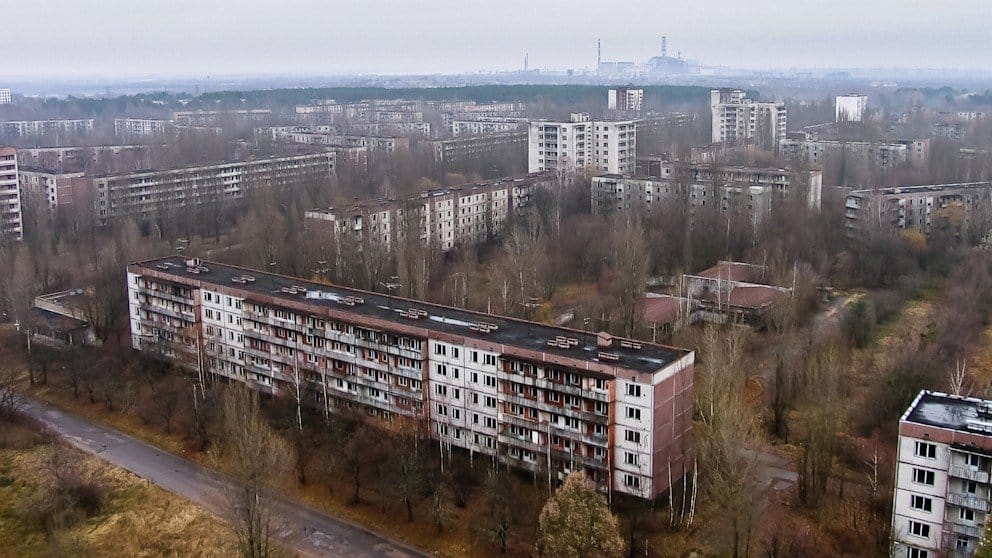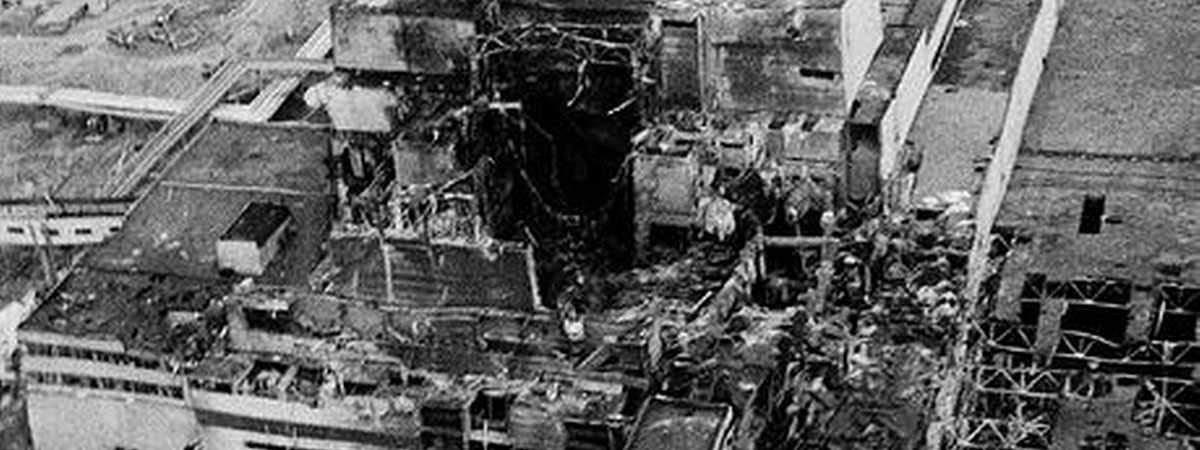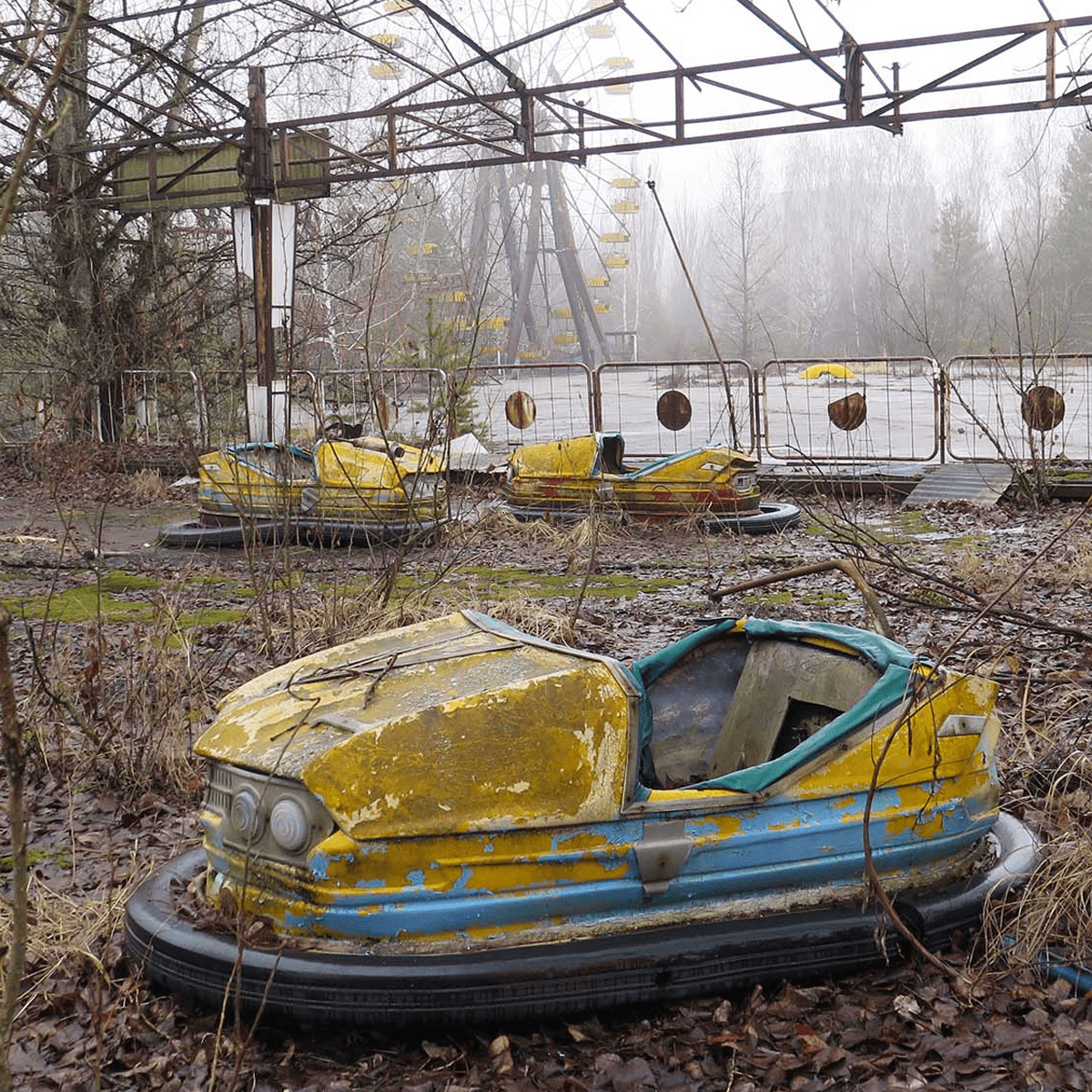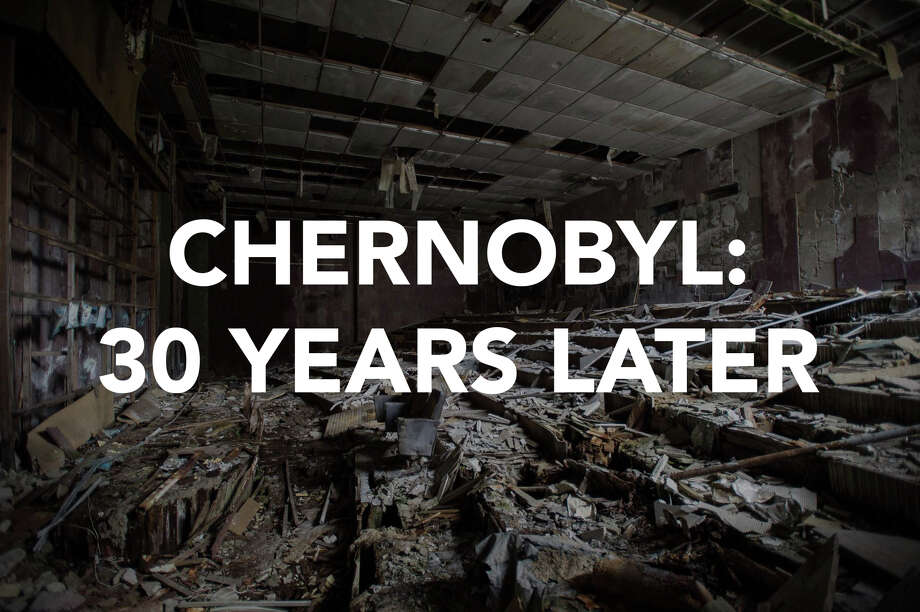Table of Contents
- 10 Shocking Facts About The Chernobyl Disaster
- 10 Facts About The Disaster At The Chernobyl Nuclear Plant | Learnodo ...
- The Chernobyl Nuclear Disaster - Paradigm Shift
- 30 years later: A 360º look at Chernobyl - SFGate
- 6 Key People Involved in the Chernobyl Disaster
- Chernobyl Nuclear Disaster
- 10 Shocking Facts About The Chernobyl Disaster
- Chernobyl snap-shots: A history frozen in radiation 30 years ago ...
- Chernobyl Disaster Area
- Chernobyl disaster led to return of almost 2,000 ethnic Czechs | Radio ...



Causes of the Disaster



Consequences of the Disaster



Response and Cleanup Efforts
The response to the disaster was slow and inadequate, with the Soviet authorities initially trying to cover up the extent of the accident. However, as the true scale of the disaster became clear, a massive cleanup effort was launched, involving hundreds of thousands of workers, known as "liquidators," who worked to contain the damaged reactor and decontaminate the surrounding area. A concrete sarcophagus was built over the damaged reactor to prevent further radioactive material from escaping, and a new containment structure was built to encase the sarcophagus.
Legacy of the Disaster
The Chernobyl disaster had a significant impact on the nuclear industry, leading to a major re-evaluation of safety procedures and regulations. The disaster also had significant economic and social impacts, with the cost of the cleanup and containment efforts estimated to be over $235 billion. The disaster also led to a significant increase in awareness of the risks associated with nuclear power and the importance of safety and transparency in the nuclear industry. The Chernobyl disaster was a devastating nuclear accident that had significant consequences for the environment, human health, and the nuclear industry. The disaster was caused by a combination of human error, design flaws, and safety procedures that were not followed, and it highlights the importance of prioritizing safety and transparency in the nuclear industry. Today, the Chernobyl disaster serves as a reminder of the importance of learning from the past and taking steps to prevent similar disasters from occurring in the future.Keyword: Chernobyl disaster, nuclear accident, radioactive materials, safety procedures, environmental impact, health effects, cleanup efforts, nuclear industry, transparency, safety regulations.
Note: This article is based on information from Wikipedia and other reliable sources. The article is for general information purposes only and is not intended to be a comprehensive or definitive account of the Chernobyl disaster.